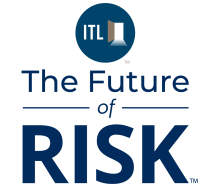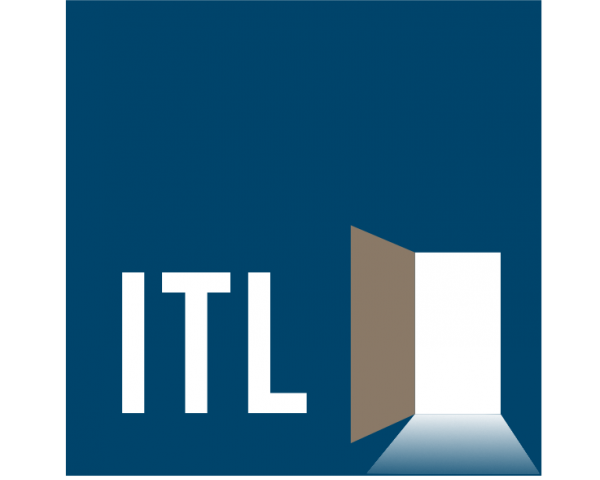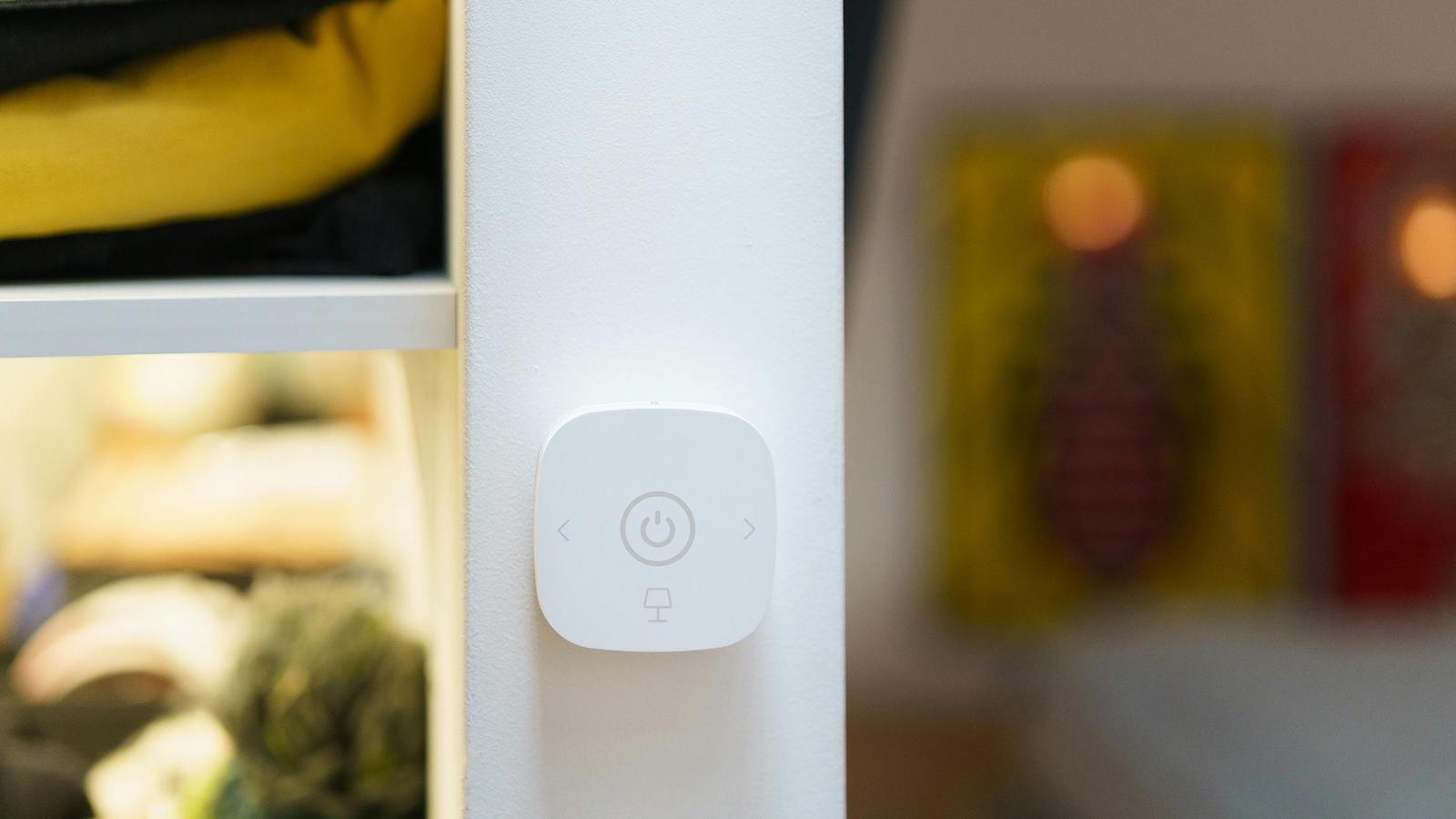Paul Carroll
I’ve been intrigued by the Internet of Things since I first heard the term, maybe 15 years ago. How have its capabilities and uses evolved in the insurance industry?
Nga Phan
IoT has become one of the major trends driving technological innovation, and the intersection with insurance has been particularly fascinating, as it addresses the longstanding challenge of identifying concrete, tangible value from IoT devices.
At Bolt, we've found that IoT integrated with insurance provides that valuable opportunity. We've implemented water sensors with HO3 insurance, coupled with comprehensive prevention and protection services. This approach shifts the paradigm from simply repairing or replacing after damage occurs to preventing and protecting against potential issues. This represents a fundamental change in how insurance can work in the connected age.
Paul Carroll
I think there’s a ton of potential for sensors that can alert property owners to leaks and perhaps even automatically shut off water. How does your program work?
Nga Phan
We focus on water damage specifically for homeowners insurance. This involves attritional water losses – damage that occurs due to water issues.
Water damage accounts for approximately 40% of the premium, which many people may not realize. Once water damage occurs, it can actually represent the majority of losses for a home or property.
Paul Carroll
How have water sensors developed over the last five to 10 years, and what advancements do you anticipate in the next three to five years?
Nga Phan
Sensors for water leaks and other applications continue to improve each year. They are more powerful, cheaper, and easier to handle, deploy, install, and extract data from. They're also easier to replace and integrate with other workflows within homes or with insurance carriers.
These advancements collectively ensure that prevention technology becomes more scalable. For our program specifically, the decreased cost and simplified deployment means more homes can access this technology. Homeowners are more compliant in deploying sensors and maintaining them throughout the policy life.
This creates opportunities to integrate with more devices and incorporate their data directly into policy underwriting. We're witnessing the scalability of this technology and program right now, benefiting from many years of advancements in IoT technology.
Looking forward three to five years, devices will likely become even smarter while continuing to decrease in cost. They will probably collect more diverse data about the home, expanding the scope of monitoring beyond leak detection to include water flow and humidity tracking—essentially capturing leading indicators of potential loss events.
Future devices will transmit data more in real time and in larger volumes, leading to better insights into water flow patterns or leak event patterns. This will enable more comprehensive preventative programs for carriers. By analyzing their portfolio data, they might see that properties of certain types or ages or with specific pipe types are more prone to particular kinds of damage.
Carriers could also combine this rich sensor data with environmental metadata. Homes in specific areas of Delaware, Florida, or elsewhere might show certain damage patterns that can be prevented. The combination of more powerful sensors collecting and sharing more data in real time with other data types will provide opportunities to apply intelligence toward more preventative programs.
Paul Carroll
Help me visualize this. What does participation in your program look like from the homeowner's and carrier's perspectives?
Nga Phan
Let's say you own a home in Florida. We know that in Florida it is really hard to get homeowners insurance. Having a program like this, which reduces attritional water damage, gives carriers more options to provide coverage within that area. As a homeowner, I now have access to homeowner insurance even in places where it's hard to find.
Secondly, because of this program, I am able to receive reduced rates, making protection more affordable for me as a homeowner. Because deployed sensors must be kept active, I know that I am being actively protected and that big losses will be prevented due to the alerts I receive and the associated emergency response provided as part of the program.
If a loss does occur, because of the alerts and prevention measures, that loss will probably be smaller than it would otherwise be. That's another benefit to me as a homeowner.
To the carriers, there are several advantages. They continue to be able to participate in markets they might otherwise avoid because they can now make it economical to cover these areas. This means they've got larger access to potential new policyholders, which is a way to drive growth.
We’ve seen a significant reduction in losses, with up to 55% total premium impact. More than 40% of that comes from avoided loss events, and the remainder is driven by reduced severity, which can be as much as 28%. These are tangible, verified results that carriers can expect when incorporating this program into their underwriting strategy.
Carriers are also going to be viewed as more innovative, improving their brand image and relationship with customers because they're now participating in prevention. This translates into a better customer experience overall and will lead to better renewal rates and retention for the carriers.
Paul Carroll
What does the home water monitoring system look like physically, and how does the information flow from the sensors to insurance carriers? The ones I’m most familiar with look sort of like hockey pucks and can be set down anywhere that there might be a leak.
Nga Phan
That is exactly it. The sensors are easy to set up with just a few clicks, thanks to the WiFi enablement and an app that provides real-time, interactive guidance.
The system creates a regular stream of data being shared with the manufacturers through the apps and WiFi network. This data is also shared with the carriers.
On the back end, all these events and data are integrated into the policy administration system and underwriting workflows for the carriers in real time.
One of the most compelling things is that carriers can be confident about compliance. Before, if a carrier offered a discount for having a water sensor, they had no way to verify if customers were actually using it, keeping it updated, or ensuring it worked effectively.
With this program, carriers can confirm the sensor is active, in use, and doing its job. This visibility is enabled by our direct data feed that connects all components in the system. The data flows from the sensors to the apps, device manufacturers, our platform, and ultimately into the carrier's operations.
The program has proven to be economical for carriers to invest in. Because carriers experience lower loss ratios, they are able to realize significant savings. Even when they pass these savings to insureds in the form of discounts and cover the cost of the devices, they still come out ahead.
Year one is typically about breaking even. However, starting from year two and throughout all subsequent years, carriers actually experience a positive return on investment.
Paul Carroll
If carriers can provide these sensors for free and still come out ahead, that’s a big change. A few years ago, the economics only worked if the cost of deployment was matched against the whole range of costs from a loss – the cost to the insurer, the deductible paid by the policyholder and the hassle factor of recovering from major water damage.
Nga Phan
Yes, we've reached a tipping point. The economics have become positive, allowing carriers to subsidize the device cost, which is crucial for scaling this technology.
Paul Carroll
Some leak prevention systems use automatic water shut-off valves, but they’re expensive, especially if you’re retrofitting a building rather than including them in the original construction. Where do you stand on shut-off valves?
Nga Phan
Today, we have not incorporated shut-off valves, but that’s actively being researched by us for the proper adoption and economics. The technology around that was still expensive a couple of years ago, which would have made the economics more challenging and prevented the broad rollout of our program.
That's why we went with water leak sensors first. It's important to prove out the concept.
Now that we have proven the economics, I think it will be very powerful to combine the current approach with shut-off valves in places where it makes economic sense.
Paul Carroll
What is the current deployment scale of your program, and what expansion plans do you have for the coming years?
Nga Phan
Currently, we have 25,000 devices deployed across our network. As I mentioned, these installations have resulted in a 55% pure premium reduction for carriers driven primarily by avoided loss events, which account for over 40% of the reduction, with the remainder coming from reduced severity when losses do occur. These are verified results that we’re confident can scale across more carrier partners. Our immediate focus is bringing more carriers into the program. We're also expanding our sensors to monitor additional types of events, including freezing, fire, and theft.
Commercial property represents another significant area of expansion for us. We began with attritional water damage and have proven our model's effectiveness and scalability. This established playbook now allows us to extend into other event categories and implement additional types of sensors.
Paul Carroll
A device made by Whisker Labs, called a Ting, prevents fires by monitoring for electrical problems in a building. As it’s been widely deployed, the device has been shown to be able to spot problems in the grid, too, including ones that have led to major wildfires. Could broad deployment of water sensors provide the same sort of benefits to the whole system?
Nga Phan
I think so. With water, understanding the flow for all homes in a particular area enables detection of surges and allows for implementation of region-wide alerts.
While responding to one house at a time might be manageable, addressing multiple homes simultaneously presents challenges. Anticipating potential issues affecting numerous households allows for more efficient mitigation actions. You could analyze correlations between outside temperature and the temperature of main pipes across homes. This application of big data helps identify larger risks affecting a greater number of properties.
By analyzing patterns from everywhere—combining factors like pipe age, temperature, and humidity—we can predict the likelihood of incidents before receiving an actual leak alert. This represents a shift from macro to micro focus, enabling more personalized risk prediction for specific properties.
Paul Carroll
I assume the learnings could then be fed back to municipal regulators and builders to improve construction practices.
Nga Phan
Absolutely. The potential applications are significant for the industry.
We are extremely excited about this initiative. We embarked on this journey as a proof of concept because we had the intuition that it would provide meaningful impact. Now we have proven it works.
The economics and the scale are there. The program is real and tangible, and both the insured and the insurers are reaping the benefit. We cannot wait to scale this up with more carriers and more end consumers.
Paul Carroll
That sounds great. Best of luck.
About Nga Phan
 | As head of product, Nga is responsible for leading bolt’s product development in support of the company’s long-term growth plans. Her role is instrumental in steering the strategic direction of the company’s product offerings, focusing on innovation and enhancing the insurance market. Nga has nearly two decades of experience in executive leadership roles and advising C-suite leaders at enterprise SaaS companies, including Salesforce, ServiceNow and Risk Management Solutions. She also spent time at Bain & Co., where she contributed significantly to the telecommunications, media and technology practice. A transformational leader in the technology and insurance sectors, Nga’s deep expertise in product management, strategic planning, and operational leadership has led her to make significant contributions across organizations, having driven product innovations that transformed customer service experiences, including leveraging generative AI. Nga holds an MBA from MIT Sloan School of Management and a BA in economics from Bates College. She lives in the San Francisco Bay Area and enjoys exploring the outdoors and spending time with her family, which includes two canine children. |








